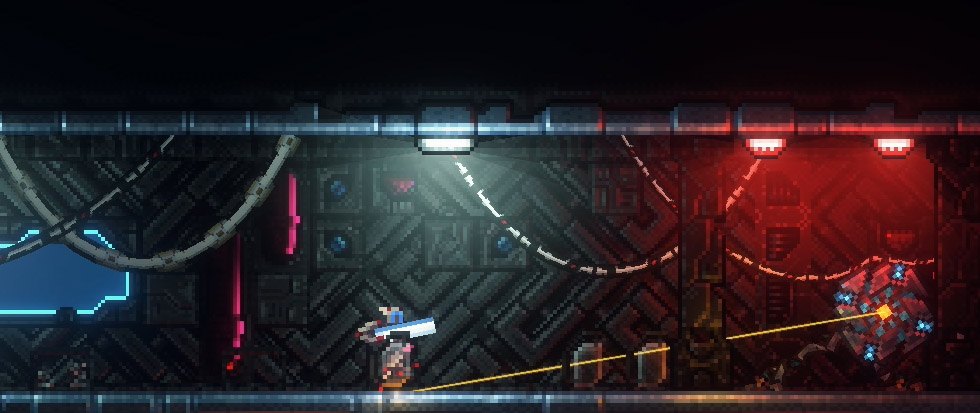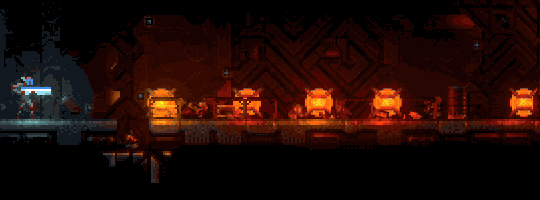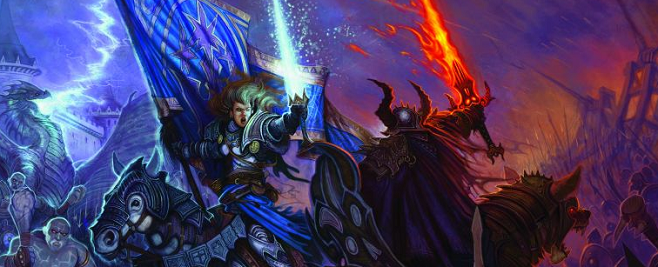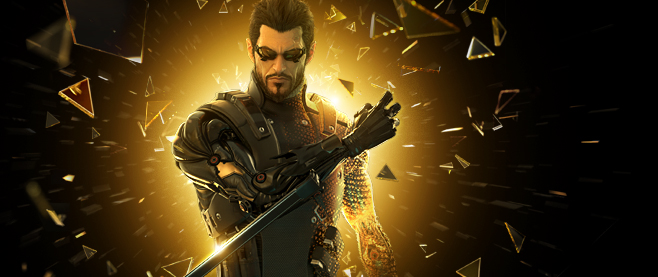
MegaSphere: Exclusion by Design
If only grown-ups play videogames, the market will be saturated with nail-bitingly punishing games like MegaSphere, a 2D sci-fi pixel-platformer by developer Anton Kudin. Or at least, that’s what the overview on its website may be suggesting: “No hand holding, no tutorials—play like a grown-up!” It reminded me of the difficulty menu for Wolfenstein 2: The New Colossus, where it was insinuated that only babies play videogames on easy mode—which may seem kind of funny, but is actually pretty disparaging.
Chances are, you’ve already read Ethan Gach’s take in Kotaku on how players shouldn’t feel bad about dialing down the difficulty scale to enjoy the experience. That unsurprisingly attracted a bit of backlash, accusing Ethan of being a baby whose feelings have been hurt—never mind the irony of that sentiment.
I’ve played the MegaSphere demo twice. The first instance was a few months ago, and I went straight to starting a new game, expecting a tutorial to offer a brief overview of its mechanics. Unfortunately, there was none. I wandered around the abandoned space port, battling rogue AIs and robots with just a laser rifle. It was only during the final moments before the death of my plucky engineer that I accidentally tapped the “E” key on my keyboard—and realized, to my chagrin, that there’s an inventory button. There also lay an intricate weapon upgrade system, with up to four guns available for use. For a game that features tough enemies intelligent enough to avoid attacks, knowing that I have an array of upgradeable superweapons at my disposal would have been immensely useful. And upon heading back to the menu, I found my hours-long progress lost to the void. It was permadeath. A gnarled knot of frustration unfurled inside me, and I quit promptly.
But the game’s allure was undeniable. I soon returned to MegaSphere, mesmerized by its ravishing pixel art: the sparks of electricity that spits and sputters from hefty, overhung cables; the chaotic eruption of glowing orange ember; and the phosphorescent green residue that lingers after demolishing a robotic tank. But precautions, precautions—the first thing I did was to head to the “controls” menu to familiarize myself with the mechanics. That wasn’t adequate though; various symbols and spheres clouded the inventory screen. Figuring them out took a while, so I felt like I was grappling in the dark for the first half hour. With the controls and mechanics finally sorted out, the tense combat of MegaSphere becomes truly gratifying, its run-and-gun motions turning into an intense, chromatic flurry.



In every sense of the word, MegaSphere is a homage. It’s a throwback to retro 2D platformers of yore, carrying with it a yearning for days when videogame victories were not only hard-won, but also when players instinctively understood that a bar at the top left-hand corner of the screen refers to health. Like an in-joke or an esoteric reference, MegaSphere was made for long-time videogame players who are not just aware, but plugged into typical gaming conventions. This philosophy isn’t wrong to me; there are plenty of books, for instance, that are made for more mature or experienced readers. But MegaSphere sometimes feels deliberately exclusionary by withholding key information about itself, which is a rather bizarre move. Even Cuphead, as broadly lauded for its difficulty as well as its animation, has a tutorial level.
MegaSphere’s difficulty can be a satisfying romp, but why not give more players the opportunity to learn how to play them? If tutorial levels are unnecessary to players who have grown an instinctive knowledge of games, perhaps give them the option to skip them entirely. Instructions aren’t for chumps. And then perhaps we can have more conversations about the necessity for games literacy—easing newer players and more creative voices to our hobby. After all, it still baffles some of my friends that the “WASD” configuration is the default moveset for gaming on PCs.





